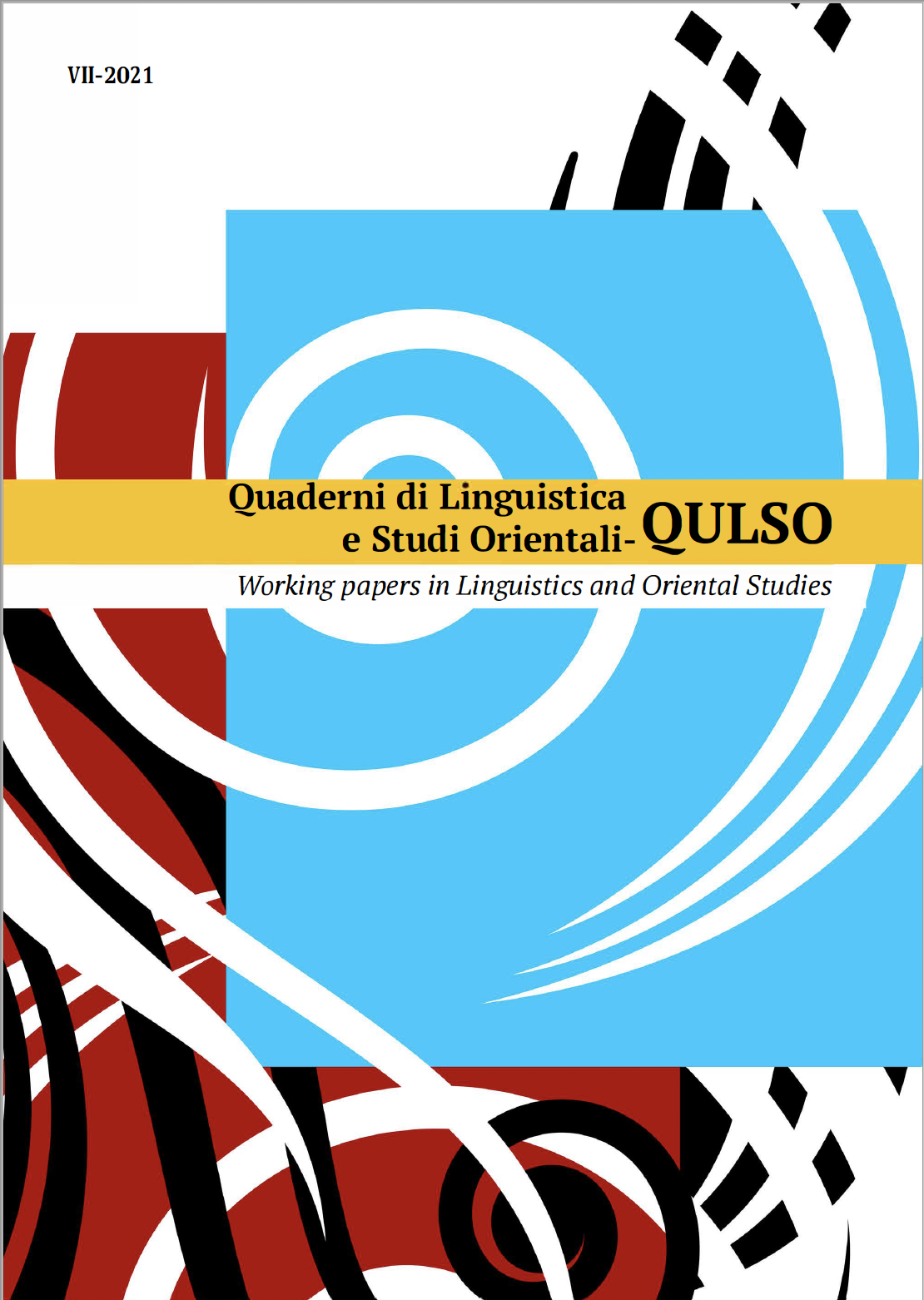Published 2021-09-15
Keywords
- Dyslexia,
- Linguistic Anxiety,
- Orthographic Opacity,
- Phonological Awareness,
- Second Language Acquisition
How to Cite
Abstract
In contemporary society, multilingualism is an increasing reality, and the study of foreign languages has a primary role in the educational policies of many countries. Furthermore, in the last years there has been a particular interest in specific learning disorders, so multilingual competence in subjects with dyslexia is an extremely interesting aspect to investigate. After a short introduction on learning disorders, this article examines the definition of dyslexia, both acquired and developmental type, and analyzes the neurophysical, neuropsychological and cognitive matrix hypotheses on the origin of the disorder. Given that learning to read and write is a fundamental stage in a child’s life, reading and writing skills are explored in this work, together with the related disorders. In addition, the most problematic topics in learning a foreign language for dyslexics have been identified as well as the different impact that the characteristics of a language may have on the expression of the disorder, carrying out a short comparison between Italian and some foreign languages studied in school. Looking back over the main theories that have been dealing with this subject, it has been argued about the barriers that learners with dyslexia may find in learning a foreign language.



